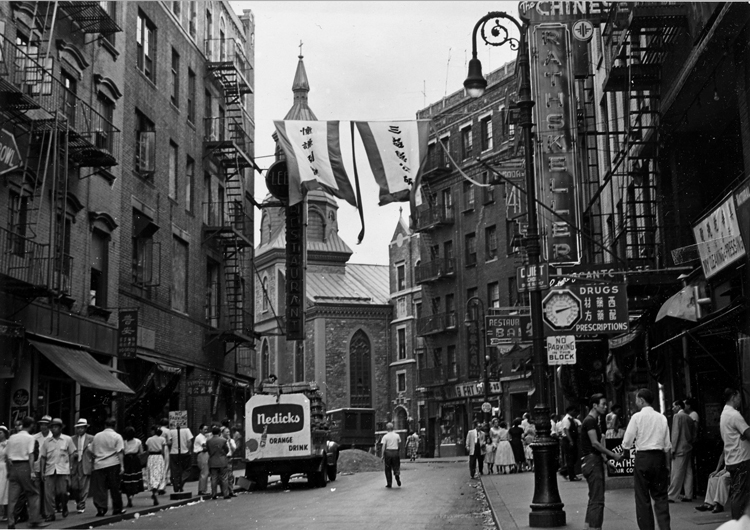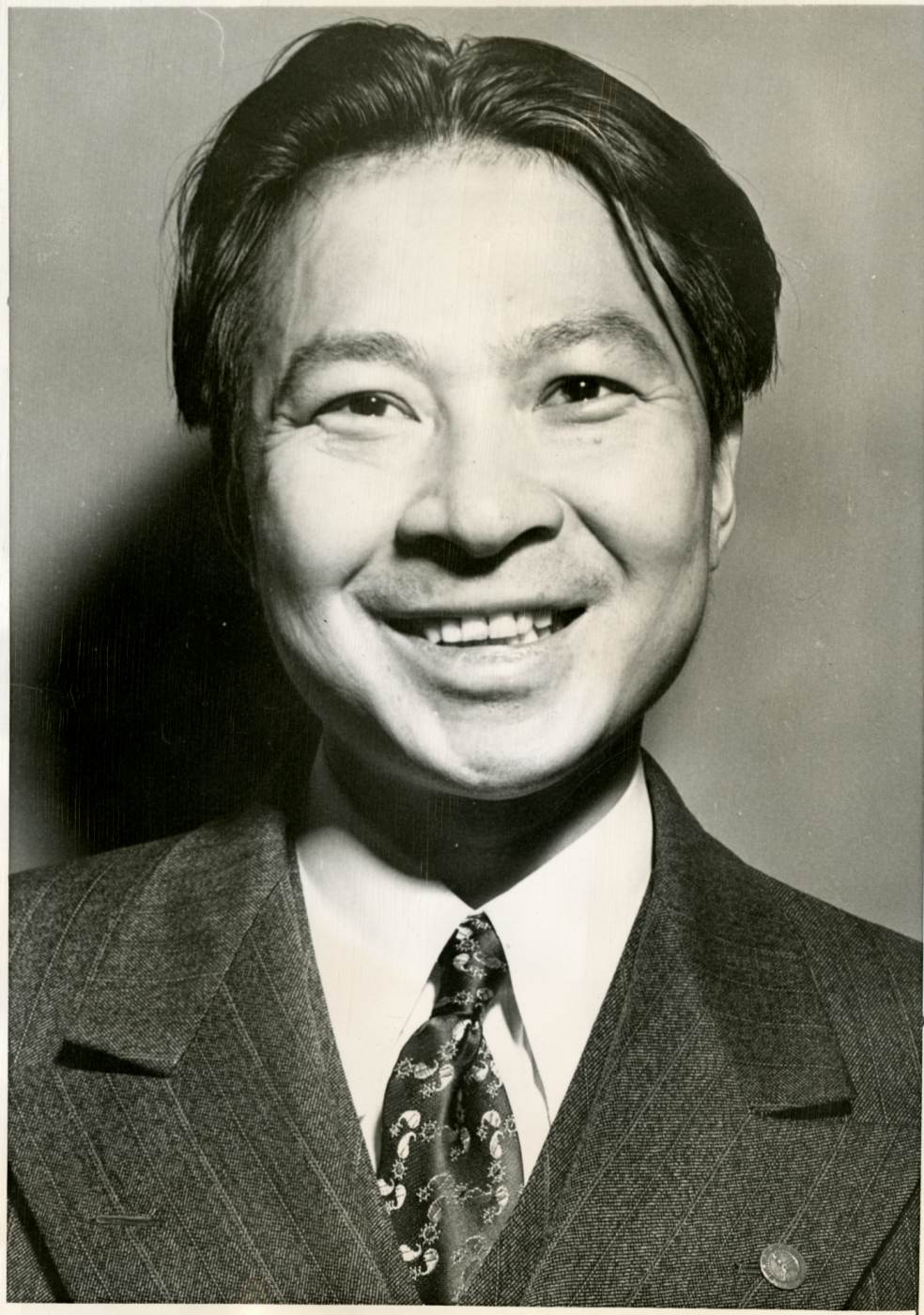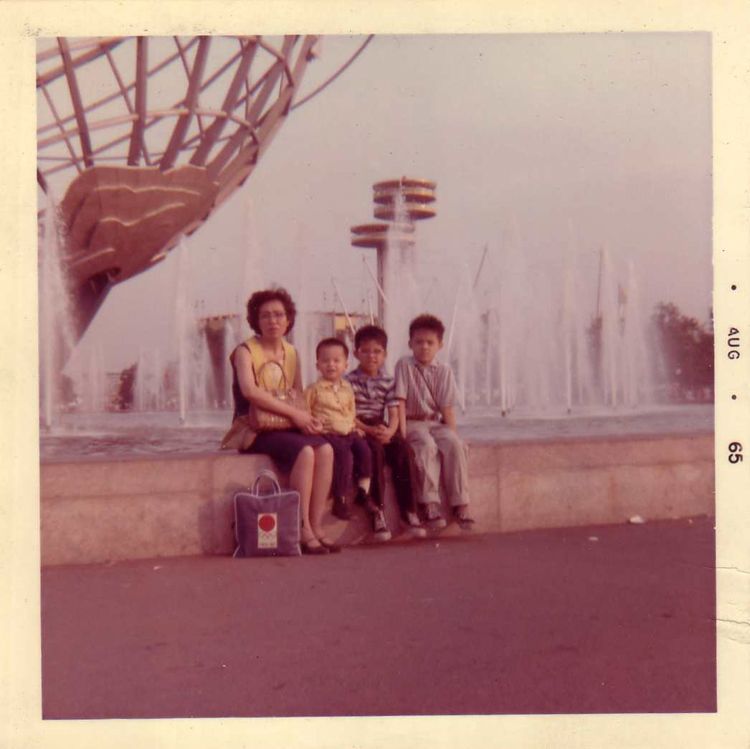The Transfiguration Church represents a centuries-old cause to overcome the limits of language to serve immigrants of faith. While the first Lutherans to arrive in New York attended Dutch-speaking churches without issue, German Lutherans who came to outnumber the Dutch eight to one were unable to petition for services in German. They established their own German-speaking church, only for their English-speaking descendants to experience the same language barrier not fifty years later. In 1801, these English-speaking parishioners broke ground for their own church, which would eventually become the Transfiguration Church. The church has evolved from Lutheran to Episcopal to Roman Catholic over the years, adapting its services first for Irish, then Italian, and finally Chinese immigrant communities of the notorious “Five Points.” Today, services are held in English, Cantonese, and Mandarin.
Collections馆藏Collections馆藏Collections馆藏Collections馆藏Collections馆藏Collections馆藏Collections馆藏Collections馆藏Collections馆藏Collections馆藏Collections馆藏Collections馆藏Collections馆藏Collections馆藏Collections馆藏Collections馆藏Collections馆藏Collections馆藏Collections馆藏Collections馆藏Collections馆藏Collections馆藏Collections馆藏Collections馆藏Collections馆藏Collections馆藏Collections馆藏Collections馆藏Collections馆藏Collections馆藏Collections馆藏Collections馆藏Collections馆藏Collections馆藏Collections馆藏Collections馆藏Collections馆藏Collections馆藏Collections馆藏Collections馆藏Collections馆藏Collections馆藏Collections馆藏Collections馆藏Collections馆藏Collections馆藏Collections馆藏Collections馆藏Collections馆藏Collections馆藏Collections馆藏Collections馆藏Collections馆藏Collections馆藏Collections馆藏Collections馆藏Collections馆藏Collections馆藏Collections馆藏Collections馆藏Collections馆藏Collections馆藏Collections馆藏Collections馆藏
The Transfiguration Church

02 August 2019 Posted.
Mott Street with the Transfiguration Church in the background, Courtesy of Oscar Y. Ho, Museum of Chinese in America (MOCA) Collection.
勿街街景,天主教显圣容堂在街的尽头,Oscar Y. Ho捐赠,美国华人博物馆(MOCA)馆藏

